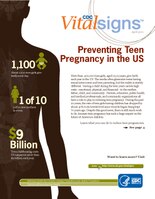
Photo from wikipedia
Abstract Lone mothers are among the groups most affected by income poverty in Germany. Previous research shows that both lone mothers’ social composition (e.g. employment status, age, number of children)… Click to show full abstract
Abstract Lone mothers are among the groups most affected by income poverty in Germany. Previous research shows that both lone mothers’ social composition (e.g. employment status, age, number of children) and the institutional context (e.g. family and labour market policies) are crucial for explaining this high vulnerability. Yet we know little about the underlying mechanisms. Hence, this study develops a theoretical framework that disentangles effects of composition (selection into lone motherhood) and lone motherhood per se (shaped by institutional contexts) on lone mothers’ poverty. Three major routes to lone motherhood can be identified that differ regarding their timing, selectivity and related risk of poverty: lone motherhood after marriage, after cohabitation, and out-of-relationship child birth. Using data from the German Socio-Economic Panel, this study first analyses the relationship between the three routes and poverty before and during lone motherhood. Second, conditional difference-in-differences models are used to identify the lone motherhood effect on lone mothers’ poverty controlling for composition. Results reveal that two years prior to the transition, all, but particularly cohabiting to-be lone mothers, already show notably higher poverty rates than women who do not experience lone motherhood. Moreover, divorced lone mothers face the highest poverty-enhancing effect of lone motherhood on poverty.
Journal Title: Advances in Life Course Research
Year Published: 2020
Link to full text (if available)
Share on Social Media: Sign Up to like & get
recommendations!